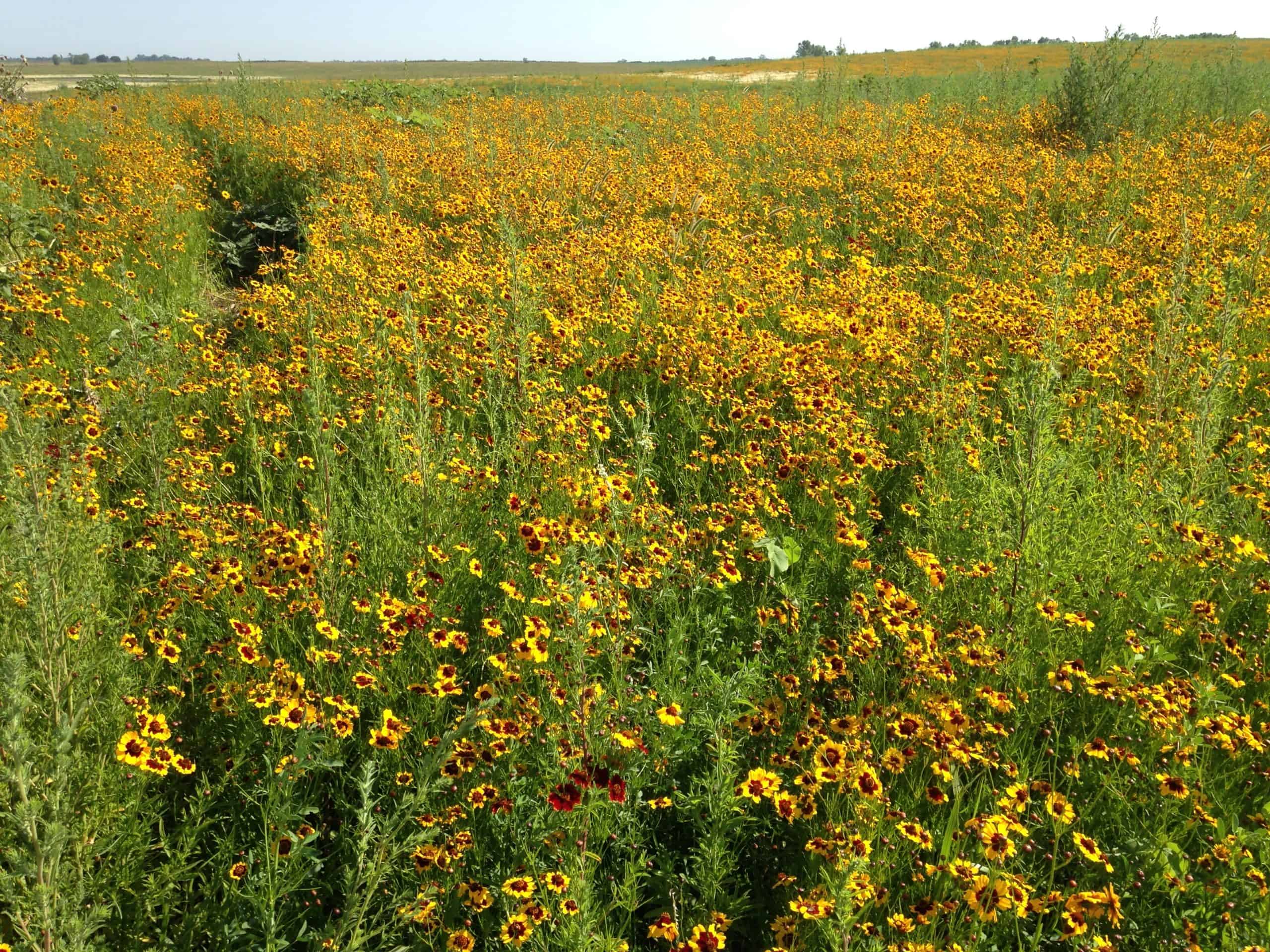Creating Gardens That Welcome a Wide Variety of Species
Gardening is more than just growing plants; it’s about creating spaces that breathe life and foster connections with the natural world. As a conservationist and artist, I’ve come to see gardening as a gentle but powerful way to support biodiversity. In this article, I want to share how even the simplest garden can become a sanctuary for countless species, helping to restore the balance that our ecosystems so desperately need.
What is Biodiversity?
Biodiversity is the intricate web of life that surrounds us, encompassing everything from the smallest insects to towering trees. It’s what makes our planet vibrant and resilient. When we speak of biodiversity, we’re talking about the variety of life at every level—genetic, species, and ecosystem diversity. Each piece of this puzzle is vital, supporting everything from clean air and water to the fruits and flowers we cherish.
The Importance of Biodiversity and Its Decline
Unfortunately, our natural world is facing unprecedented challenges. Urban sprawl, invasive species, and habitat loss have led to a steep decline in biodiversity. But the good news is, we have the power to help. By making mindful choices—like planting native species in our gardens—we can offer a lifeline to the pollinators, birds, and creatures that play crucial roles in sustaining our planet’s ecosystems.
How Gardens Can Be a Lifeline for Biodiversity
Gardens are more than just patches of beauty—they can be thriving ecosystems. When we create spaces that invite a wide range of species, we begin to mimic nature’s balance. Native plants are the cornerstone of biodiversity because they offer food and shelter for local wildlife. A garden full of diverse plant species, flowering throughout the seasons, can provide essential resources for pollinators, birds, and beneficial insects.
How to Create a Biodiversity-Friendly Garden
Creating a space that supports biodiversity starts with simple steps:
- Plant Native Species: Native plants are adapted to local conditions, and they support the local wildlife better than non-native varieties. Whether it’s a wildflower or a native shrub, each plant is part of a larger ecosystem, helping to feed and shelter the creatures around it.
- Design for Variety: A garden that offers a range of plants—from trees to ground covers—creates multiple layers of habitats. These layers help support a wide range of species, from insects to birds.
- Provide Water Sources: A birdbath or small pond can attract pollinators, birds, and beneficial insects, offering them the sustenance they need to thrive.
- Minimize Chemicals: By cutting back on pesticides and herbicides, we create a safe haven for the beneficial creatures that help keep our gardens healthy.
The Power of Biodiversity in Our Gardens
When we focus on biodiversity, we’re not just helping the environment; we’re creating a more resilient, thriving garden. Plants that attract pollinators and insects will help increase yields in vegetable gardens and maintain the health of the soil. As an artist, I see these small but profound actions as a way of cultivating beauty in both our gardens and the wider world.
Real-Life Examples
Take a look at your own neighborhood—many of us can find small-scale examples of gardens that have embraced biodiversity. Perhaps it’s a community garden filled with native species or a local park that’s worked to restore its natural habitat. These are beacons of hope, showing us that even in small spaces, we can make a big impact.
Supporting biodiversity through our gardens is a personal journey, one where each choice we make ripples out to create lasting change. Whether you’re planting a single native wildflower or transforming your entire garden, every act counts. I invite you to start small, but dream big—your garden can be a powerful, beautiful tool for change, a space that welcomes a wide variety of species and restores balance to the world around us.
FAQ: Gardening for Biodiversity
To create a garden that supports biodiversity, start by planting native species, which are adapted to the local environment and provide food and shelter for local wildlife. Incorporate a variety of plants, offer water sources, and minimize the use of chemicals like pesticides and herbicides.
Absolutely! Even in small gardens or urban areas, you can create habitats for wildlife. Focus on planting a variety of native plants, providing water sources, and reducing chemical use. Small, well-designed spaces can still support diverse species.
Pollinators such as bees, butterflies, and hummingbirds are drawn to gardens with diverse plants that offer nectar and pollen. Planting native wildflowers, flowering shrubs, and trees that bloom at different times of the year ensures a steady supply of food for pollinators.
By incorporating native plants, water sources, and providing shelter, your garden can attract a variety of wildlife, including birds, butterflies, bees, and beneficial insects. These animals help pollinate plants, control pests, and maintain the health of your garden.
Chemicals like pesticides and herbicides can harm beneficial insects, pollinators, and the overall health of your garden. By minimizing or eliminating chemical use, you create a safe space for wildlife to thrive and encourage natural pest control.

